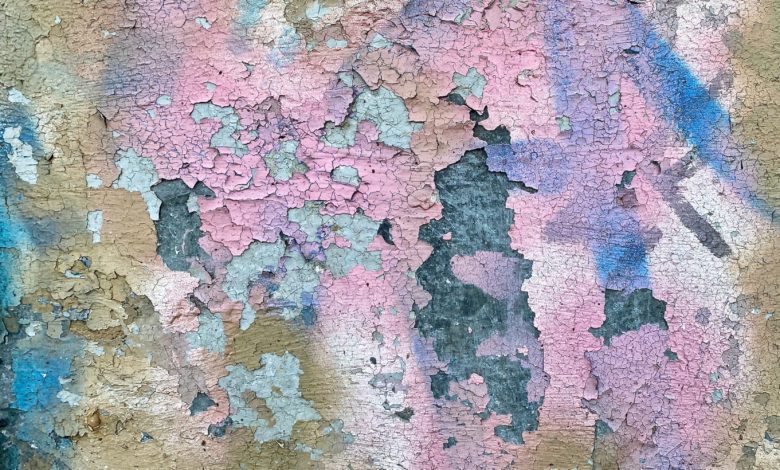
It’s unlikely that your home comes to mind when you think of something hazardous to your health. Your house is a safe place where you can rest and be yourself. You may not be aware of it, but the environment in and around your house may be slowly killing you.
It’s a frightening concept to consider that you could be going about your daily routines without realizing that your house is doing you damage. While not every home has a danger lurking, why not look into what to check for and how to avoid harming yourself or your family.
Asbestos
Asbestos is a well-known hazard that you may encounter in your house. The likelihood of having it in your home is high if your building was constructed between 1930 and 1950. An interesting fact about asbestos is that it’s safe when it’s still incomplete and in good condition. It becomes dangerous when it degrades and particles spread throughout your home. These particles are so minute that you wouldn’t even know until you came across the asbestos.
The microscopic particles are often shard-like and, when inhaled, can cause significant lung problems and diseases, including COPD. Symptoms include:
- Breathlessness
- Pains in the chest
- Tightness in the chest
- Dry cough
They show up when you’ve been inhaling asbestos for a while. If you’re having any of these symptoms, it might be a good idea to get an asbestos evaluation so that you can remove it if necessary. Even if you are not experiencing any symptoms, it is a good idea to examine if you are seriously concerned about the consequences that asbestos can have on your health and well-being.
Paint
Did you know that something as seemingly innocuous as the paint on your walls could be causing you harm as well? While store-bought paint is now safer than ever, older tins may contain lead, which is toxic to adults and children. In addition, lead-based paints are more likely to break and crumble with time, releasing particles into the air and causing various symptoms.
- Lead paint can have a huge impact of hearing loss in people of all ages
- Concentration problems
- Cramping and stomach ache
- Low appetite
- Reduced sensations
- Difficulty conceiving
- Stunted development rates in children.
Even if the paint is not flaking, it may cause difficulties, which means that if your home or furnishings were painted before 1978, you might be exposing yourself to a variety of illnesses. Consider sanding (with masks, of course) and repainting your home’s walls with safer paint.
Having your water checked if you find lead-based paint in your home might be a good idea. In addition, to protect yourself and your family, you may choose to put a water filtration system on your faucets.
Wood burner
Those of you who are fortunate enough to have a wood burner in your home are probably well aware of the dangers of having that type of heat so close to your home and easily reached by small hands. But wood stoves can also be harmful to your health in other ways. So while they pose no health risk if used appropriately and with proper safeguards, it’s essential to perform the following tasks regularly to assure your safety:
- Keep a fire guard close by. Even if the kids are asleep, they can help keep them safe from accidents like tripping and falling on a blazing wood stove. Definitely worth the money.
- Dust your house daily. You may have noticed that your home is significantly dustier than usual. Ash will find its way into your home, so dust often to avoid unnecessary ash inhalation.
- Check that the air flow is set to the proper level. With too much air, you may end up with mounting flames that can’t be put out without risking a blast to the face if you open the door. Make sure to keep an eye on the airflow.
- Don’t leave anything perishable, such as paper, close or above the heat. Even if it isn’t technically on fire, something as easy as a candle could set your house on fire if you’re not careful.
Check out this information on how to securely care for your wood burner so you and your family can enjoy the pleasant heat without risk.
It’s scary to think that our homes may be the source of many problems. But, when you figure out what’s causing your health problems and get rid of them, you and your family can live a healthy and safe life. But, of course, it’s better to be safe than sorry, so keep an eye out for these three red flags and handle any concerns you may have!




